What Makes a Throw and a Blanket different
A throw isn’t just a blanket.It’s a decorative, thick fabric casually draped over furniture for style and instant coziness. A blanket, on the othre hand, is designed for warmth and comfort while relaxing. After buying a sofa, bed, or couch, decorating it is key. A plain piece of furniture can be dull. throws and blankets easily enhance a room’s overall look. Both are attractive fabrics that significantly impact furniture’s appearance. Whether for a bedroom, living room, or outdoor seating, they boost a space’s comfort. When should you use a blanket versus a throw? It can be confusing, as they share similarities, but their purposes differ. Here are the key distinctions to help you choose the right one.
Fabric Type
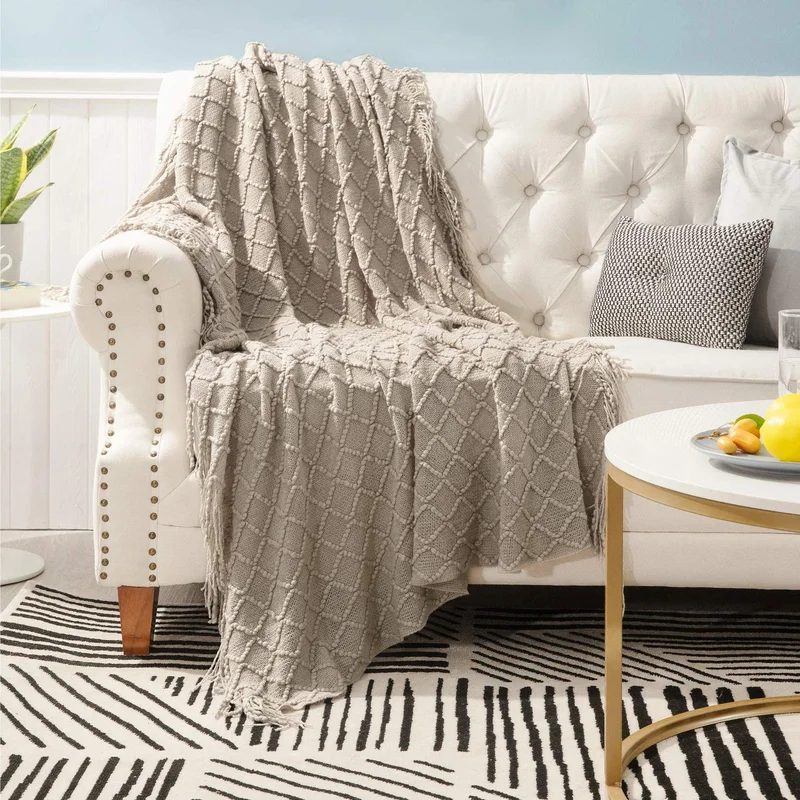
Throws and blankets both offer warmth and comfort. blankets are typically made from thick, large materials like flannel, fleece, or wool. These materials are smooth to the touch. Often, blankets are designed like comforters, with all four edges sewn. You have many material options when choosing a blanket.
Conversely, a throw is frequently handcrafted or knitted. Its construction often involves premium materials like velvet,faux fur,chenille,or satin. Creased edges are a common design element, enhancing texture and visual appeal. In living rooms and similar spaces, many people enjoy throws as a cozy alternative to blankets. They provide a similar level of comfort. Some throws are crocheted with chunky yarn, making them stand out.
Size
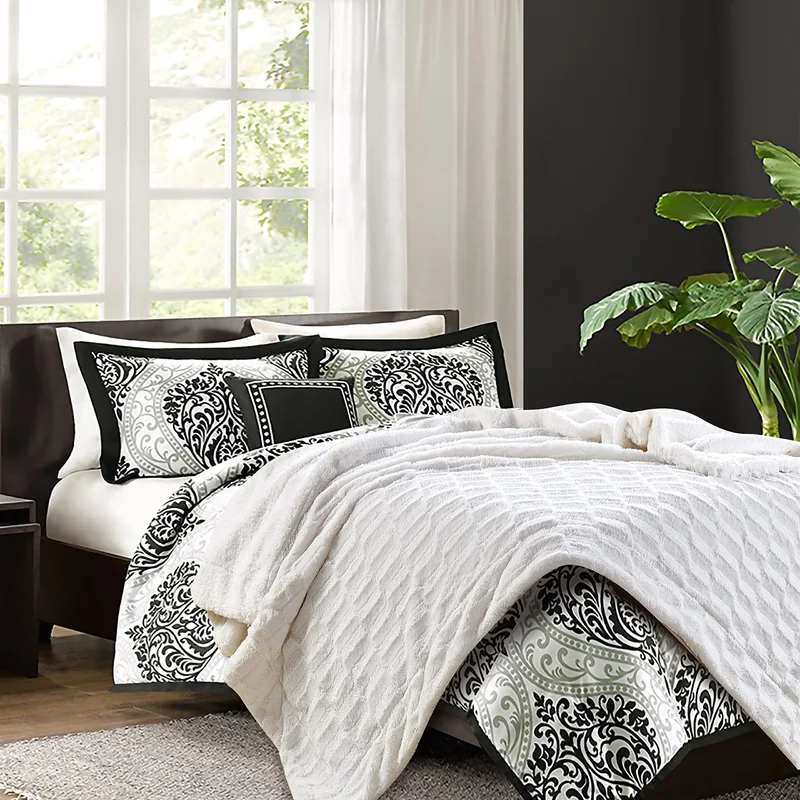
Blanket sizes typically match bed sizes. Standard blanket dimensions include single, double, queen, king, and family sizes. These blankets are designed to fully cover the bed. This provides ample space for wrapping around the body, ensuring warmth and comfort. If a blanket isn’t the exact bed size, it’s usually a bit larger.This allows it to be tucked in securely. These larger blankets are ideal for multiple users.
Throws are smaller than blankets, typically measuring 50 by 60 inches.They’re designed for single-person use. The size difference between throws and blankets is easily noticeable. despite being smaller, throws still offer excellent comfort.
Design and Composition
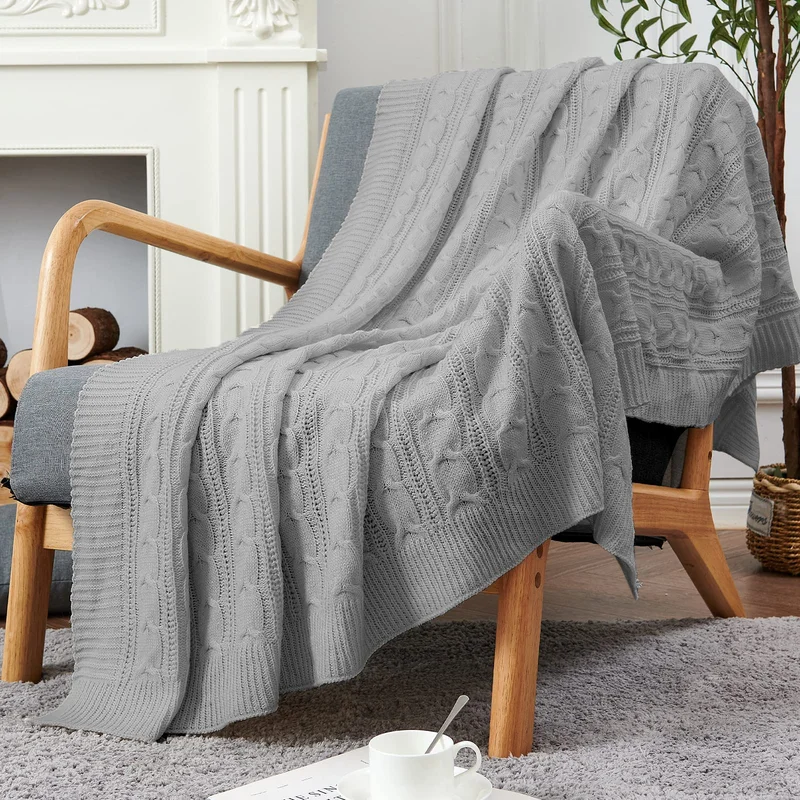
A blanket, usually crafted from a single, cozy material, provides warmth. Its edges drape over the bed, allowing for easy tucking. Typically, it’s a simple piece of fabric, sewn on all sides to prevent fraying.
Throws,conversely,often feature knitted designs,resembling small blankets. Their texture is richer than blankets due to added details like tassels and fabric variations. Design-wise, they possess a handcrafted, artistic appeal, enhancing the look of beds or couches.
Purpose
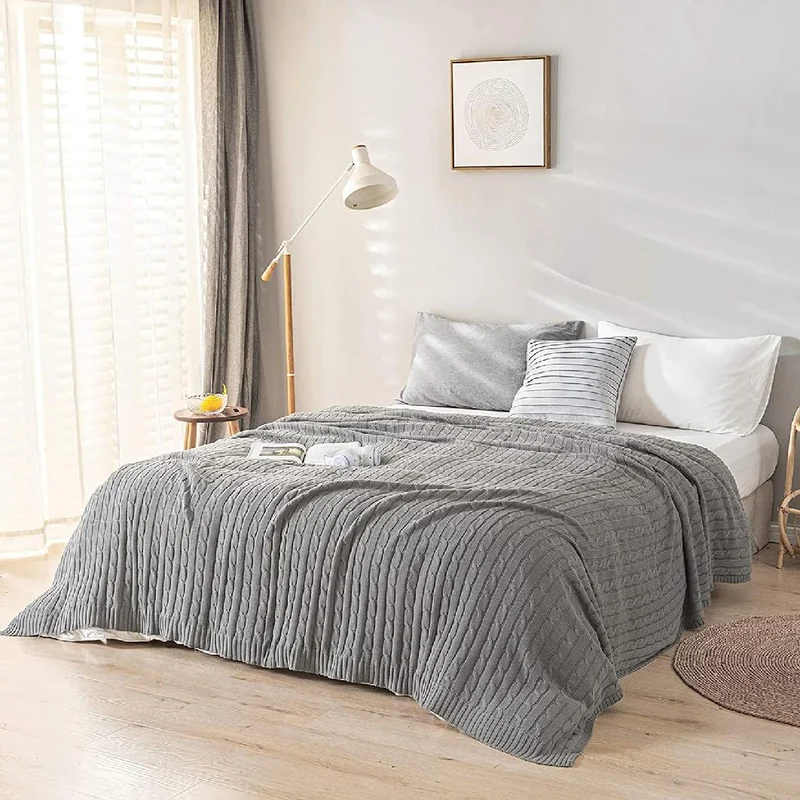
Blankets are great for staying cozy during sleep, rapid naps, or any downtime. Size really impacts how comfortable they feel. Plus, their generous size makes them perfect for sharing. Blankets offer functionality, comfort, and a touch of style.
Conversely, a throw is frequently viewed as an accessory that enhances furniture’s visual appeal. It provides warmth, yet its dimensions are typically suitable for a single individual.A throw is a versatile textile that can be draped across various furniture pieces. It’s akin to having a readily available blanket for moments when you feel chilly.
Furniture
Blankets provide warmth and comfort during sleep. They typically cover the entire bed. You’ll usually find them in bedrooms, not other rooms. Using a large blanket elsewhere might seem out of place. Bedrooms are where blankets are most commonly used.
Throws are commonly styled on sofas, armchairs, ottomans, and couches. They function as readily available blankets. Picture this: you’re watching TV and get chilly. It’s inconvenient to fetch a blanket from the bedroom. Throws are typically found in living rooms, outdoor spaces, or entertainment areas.
Cleaning
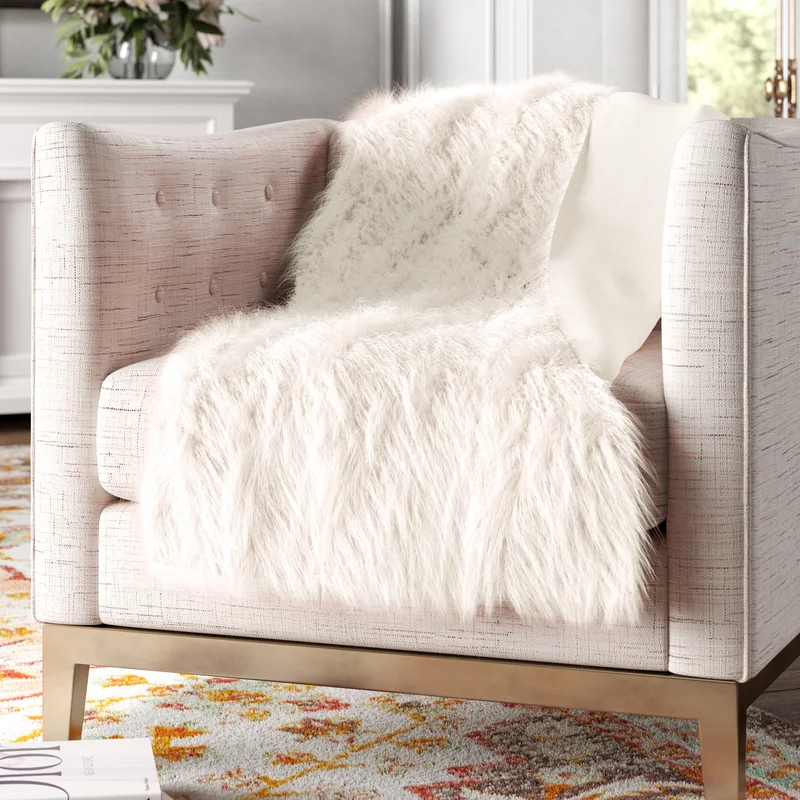
Cleaning throws and blankets differ significantly. Blankets can be safely laundered in warm water, separate from other fabrics.This prevents colour fading and maintains fabric quality. Being cut from a single cloth piece, creases are common with regular washing. Always consider water temperature and soap type for optimal results.
Conversely, throws require gentler cleaning. We strongly recommend hand-washing to preserve the fabric’s quality.Machine washing frequently enough results in increased fluff and wear.
